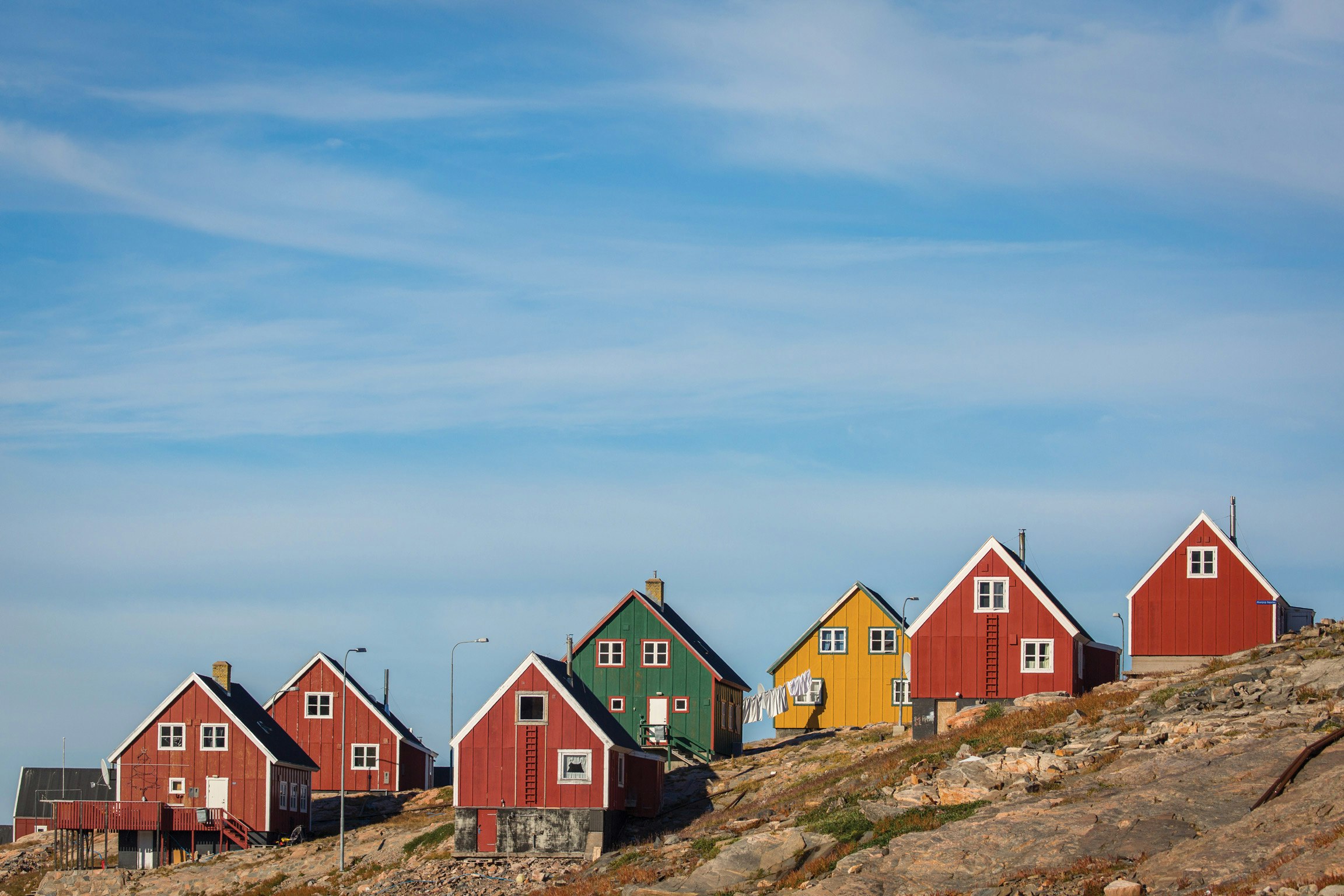Northern Lights Explorer


.jpg?language=en&auto=format&w={width}&fit=fillmax)



Highlights
*Our ‘Your Choice’ shore excursions listed in the itinerary are included. These must be reserved through our passenger portal at least 60 days prior to embarkation and cannot be amended after this time. If we do not receive your choices by this time, you will be allocated excursions by our automated system. We will always do our best to provide you with your first preference of shore excursion; however, we may occasionally need to place you on an alternative excursion for operational reasons.
Meet our Expert Team
Each voyage is accompanied by our highly acclaimed expedition team who we believe are the best in the business. Many are recognised leaders in their fields, keen to share their daily insights on shore and onboard. While your actual team may vary between voyages, every member of our Expedition Team is among the world's best remote area specialists.'
Included Activities










Our Ships
The Douglas Mawson

The Sylvia Earle

Loyal Travelers
We love celebrating our loyal expeditioners who return to explore with us. After your first Aurora Expeditions voyage, you’ll automatically achieve Bronze Adventurer status. The more voyages you embark on, the higher you climb—progressing to Silver and eventually Gold!
Solo Travelers
Voyages with Aurora Expeditions are such a fantastic choice for solo travelers, giving you the chance to experience the world’s most remote and incredible destinations with like-minded travelers and our expert guides, while on board our small, social and welcoming ships.
Your Choice Experiences
Our ‘Your Choice’ experiences are included in your voyage, offering a variety of immersive activities designed to deepen your connection to each destination. From cultural encounters to natural wonders, these thoughtfully curated experiences take you beyond the ordinary and into the heart of the places you explore.







